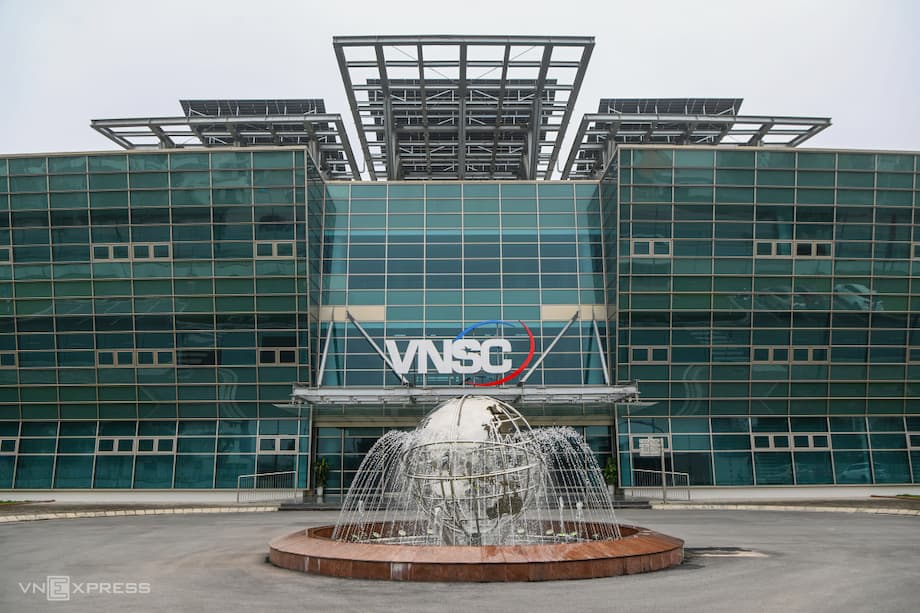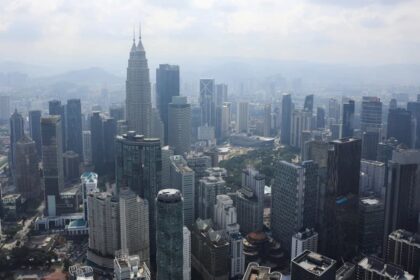Vietnam’s Space Museum: A New Frontier for Science, Culture, and Innovation
Vietnam has taken a bold step into the cosmos with the inauguration of its first major space museum, a sprawling 3,000-square-meter facility at the Hoa Lac Hi-Tech Park in Hanoi. More than just a collection of artifacts, the Vietnam Space Museum is a dynamic hub for science education, cultural storytelling, and national ambition, reflecting the country’s growing role in the global space community.
What Makes the Vietnam Space Museum Unique?
The Vietnam Space Museum, officially opened in August 2025, is operated by the Vietnam Space Center (VNSC) under the Vietnam Academy of Science and Technology. It is the culmination of over a decade of planning and international collaboration, designed to inspire curiosity and foster scientific literacy among visitors of all ages.
The museum covers 1,600 square meters indoors across two floors, with an additional 1,500 square meters of outdoor exhibition space. Its five thematic zones blend interactive science exhibits with distinctly Vietnamese cultural elements, making it a standout among science museums in Southeast Asia.
Integration of Science and Vietnamese Culture
One of the museum’s most remarkable features is its integration of Vietnamese cultural identity into the narrative of space exploration. Visitors are greeted by ancient star maps and digital displays of the Dong Son drum, a symbol of Vietnam’s Bronze Age civilization. National legends and folk stories are woven into the exhibits, offering a uniquely Vietnamese perspective on humanity’s fascination with the cosmos.
Deputy Prime Minister Nguyen Chi Dung, speaking at the inauguration, praised the museum’s educational value and its role in connecting Vietnam’s scientific aspirations with its rich cultural heritage. He emphasized that the museum is not only a showcase of technology but also a source of national pride and inspiration for future generations.
Interactive and Immersive Experiences
The museum is designed to be hands-on and immersive. The “Mysterious Vast Universe” room, for example, uses glass walls, synchronized LED lights, and infinity mirrors to create the illusion of endless space. Visitors can walk through a corridor that traces the 13.7-billion-year history of the universe, from the Big Bang to the present and beyond, with milestones presented along a visually engaging timeline.
Large-scale models of the Sun and planets connect the museum’s two floors, enhanced by lighting effects that simulate the experience of floating in space. The “Wonders of Science” exhibit invites guests to perform experiments on light, gravity, and motion, making abstract scientific concepts tangible and fun.
Exploring the Cosmos: Key Exhibits and Features
The Vietnam Space Museum is more than a static display of objects—it is a living laboratory for discovery. Here are some of its standout features:
- Spacecraft Module Replica: A realistic simulation of 24 hours aboard a space station, complete with a robotic arm that visitors can operate to collect simulated space debris. Computer screens provide real-time visuals of the process, offering a taste of life as an astronaut.
- Mars Exploration Robot: Guests can control a Mars rover on a landscape of red sand, navigating uneven terrain and collecting samples, mirroring the challenges faced by real planetary scientists.
- Rocket and Satellite Models: The museum displays detailed models of rockets from the United States, Russia, and Europe, with cross-sections revealing their inner workings. Vietnam’s own achievements are highlighted, including the LOTUSat-1 radar satellite, scheduled for launch in 2025.
- Planetarium: A 100-seat dome theater equipped with six high-resolution projectors creates a 3D-like experience of the night sky, simulating the sensation of flying through space.
International Collaboration and Technological Progress
The museum’s collection is enriched by international partnerships, most notably with the Japan Aerospace Exploration Agency (JAXA). In 2019, JAXA donated several items, including a Vietnamese flag flown on the International Space Station, a video greeting from astronaut Norishige Kanai, and models of the ISS and Japan’s KIBO experiment module. These contributions symbolize Vietnam’s growing ties with the global space community and its commitment to mastering advanced technologies.
Vietnam’s space program has made significant strides in recent years. The VNSC has successfully operated the VNREDSat-1 satellite for over a decade, launched “Made in Vietnam” satellites like PicoDragon, MicroDragon, and NanoDragon, and is now preparing for the launch of LOTUSat-1. This new satellite will provide high-resolution imagery for disaster response, climate change adaptation, and resource management, underscoring the practical benefits of space technology for national development.
Hoa Lac Hi-Tech Park: Vietnam’s Innovation Ecosystem
The location of the museum within Hoa Lac Hi-Tech Park is no coincidence. Hoa Lac is rapidly emerging as Vietnam’s premier hub for science, technology, and innovation. The park is home to the National Innovation Centre (NIC), major research institutes, leading universities, and technology giants like Viettel and FPT.
The NIC, inaugurated in 2023, serves as a focal point for the country’s entrepreneurial and innovation ecosystem. It offers co-working spaces, advanced laboratories, and incubation centers for chip design and smart manufacturing. The synergy between the museum and the broader innovation ecosystem at Hoa Lac is intended to foster collaboration, inspire young talent, and accelerate Vietnam’s transition to a knowledge-based economy.
Government Support and Strategic Vision
At the museum’s opening, Deputy Prime Minister Nguyen Chi Dung outlined a strategic vision for Vietnam’s space sector. He called on the VNSC and the Academy of Science and Technology to become national leaders in satellite manufacturing and research, with the goal of transforming Vietnam into a regional and global powerhouse in space science.
“In today’s global race for technology, including space exploration, challenges are immense but opportunities are significant. With strategic investment, strong policies, and better working conditions, Vietnam can not only catch up but also leap ahead in selected areas,”
he stated, emphasizing the importance of practical research, international partnerships, and the development of high-quality human resources.
Education, Inspiration, and the Future of Vietnamese Space Science
The Vietnam Space Museum is envisioned as a dynamic STEM education hub, particularly for young people. Its interactive exhibits and immersive experiences are designed to spark curiosity and encourage students to pursue careers in science, technology, engineering, and mathematics.
The museum’s educational mission is supported by the VNSC’s broader efforts to promote public understanding of space science. The center operates a planetarium and observatory, collaborates with universities for training programs, and develops applications like the Vietnam Data Cube for remote sensing data. These initiatives are vital for building a pipeline of skilled professionals who can drive Vietnam’s space ambitions forward.
Broader Implications for Vietnam’s Development
Vietnam’s investment in space science and technology is part of a larger strategy to enhance national security, support sustainable development, and position the country as a leader in the digital economy. The practical applications of satellite technology—such as disaster monitoring, agricultural management, and environmental protection—have direct benefits for society.
Moreover, the museum’s integration of cultural heritage with scientific innovation reflects a broader trend in Vietnam’s approach to development: embracing modernity while honoring tradition. By telling the story of the universe through a Vietnamese lens, the museum fosters a sense of national identity and pride in the country’s scientific achievements.
In Summary
- The Vietnam Space Museum at Hoa Lac Hi-Tech Park is a landmark institution blending science, technology, and Vietnamese culture.
- Spanning 3,000 square meters, the museum features interactive exhibits, a planetarium, and hands-on science experiments.
- International collaboration, especially with Japan’s JAXA, has enriched the museum’s collection and strengthened Vietnam’s space program.
- The museum is part of a broader innovation ecosystem at Hoa Lac, which includes the National Innovation Centre and leading tech firms.
- Government leaders see the museum as a catalyst for STEM education and a symbol of Vietnam’s ambition to become a regional leader in space science and technology.
- By integrating cultural heritage with scientific discovery, the museum inspires national pride and supports Vietnam’s journey into the future of space exploration.












